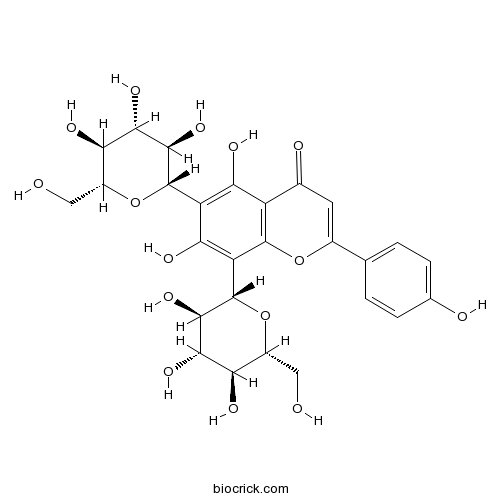Urtica cannabina
Urtica cannabina
1. The products in our compound library are selected from thousands of unique natural products; 2. It has the characteristics of diverse structure, diverse sources and wide coverage of activities; 3. Provide information on the activity of products from major journals, patents and research reports around the world, providing theoretical direction and research basis for further research and screening; 4. Free combination according to the type, source, target and disease of natural product; 5. The compound powder is placed in a covered tube and then discharged into a 10 x 10 cryostat; 6. Transport in ice pack or dry ice pack. Please store it at -20 °C as soon as possible after receiving the product, and use it as soon as possible after opening.
Natural products/compounds from Urtica cannabina
- Cat.No. Product Name CAS Number COA
-
BCN3013
Vicenin -223666-13-9
Instructions

The constituents of Urtica cannabina used in Uighur medicine.[Pubmed: 20645802]
Urtica cannabina L. (Urticaceae) is a perennial herb that grows in Xinjiang Uighur Autonomous Region (northwest China). Two megastigmanes (1, 2) and five flavonoid glycosides (3-7) were isolated from its fruit. Compound 1 was determined by spectroscopic analysis to be (+)-blumenol A, and its absolute stereochemistry was determined in detail using chemical conversion and a modification of Mosher's method. Other compounds were identified as (+)-dehydrovomifoliol (2), isovitexin (3), isoquercitrin (4), astragalin (5), afzelin (6), and quercitrin (7) using spectroscopic (NMR, HMBC, MS) and physical methods (melting point and optical rotation). Compounds 1-7 were isolated from this plant for the first time, while this is the first report of megastigmanes in the Urticaceae family. The chemotaxonomic significance of the isolation of these megastigmanes and flavonoid glycosides from Urtica species is discussed.
[Characteristics and identification of an antagonistic XJUL-6 against cotton verticillium wilt].[Pubmed: 18271269]
In order to probe into the antagonistic mechanism of bacteria against Verticillium dahliae kleb., twelve endophytic bacterial strains were isolated from the Urtica cannabina L. in XinJiang. Through antagonistic experiments, the antagonistic charts of the twelve endophytic bacterial strains against eleven crop diseases have been obtained, respectively, and the XJUL-6 which has higher antagonistic activity against Verticillium dahliae kleb. was screened from the endophytes with the Joan-board diffusion method. The optimum growing temperature range of XJUL-6 is 36 degrees C to approximately 38 degrees C, and the optimum growing pH is pH6-8. Phylogenetic analysis of the XJUL-6 based on comparison of 16S rRNA sequence revealed that it is closely related to Bacillus cereus p221 with 98% identity. Moreover, the (G + C) mol % content of the genomic DNA was 38.84 mol % for XJUL-6. According to the observation of the morphology, the study of the physiological and biochemical, 16S rDNA and (G + C) mol % content, the XJUL-6 was identified as a new members of the species Bacillus cereus. The XJUL-6 will offer potential material for studying the mechanism of bacteria against verticillium dahliae kleb. in cotton.


